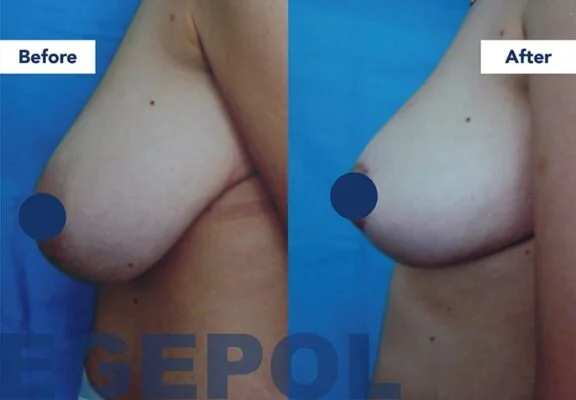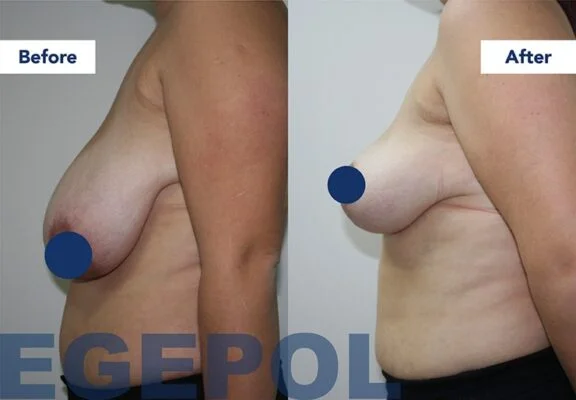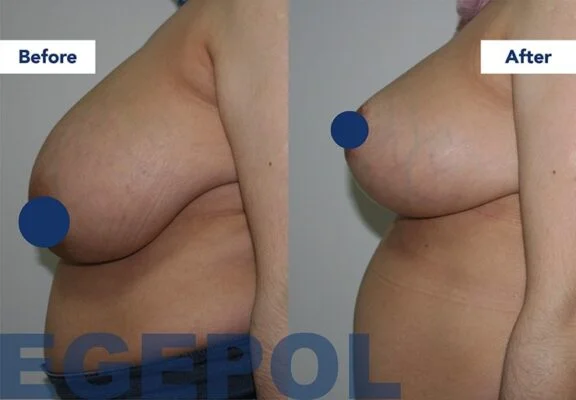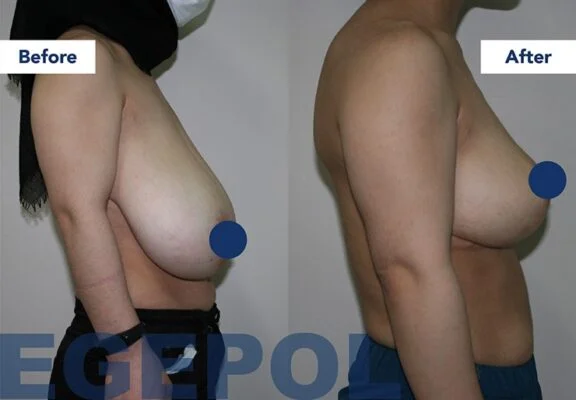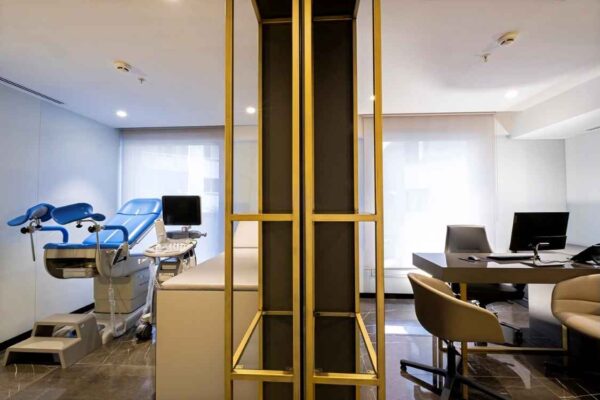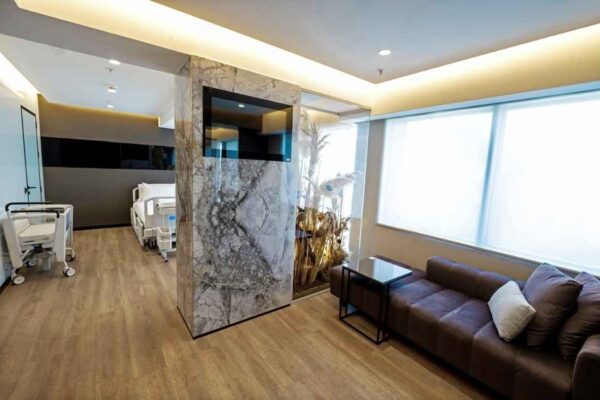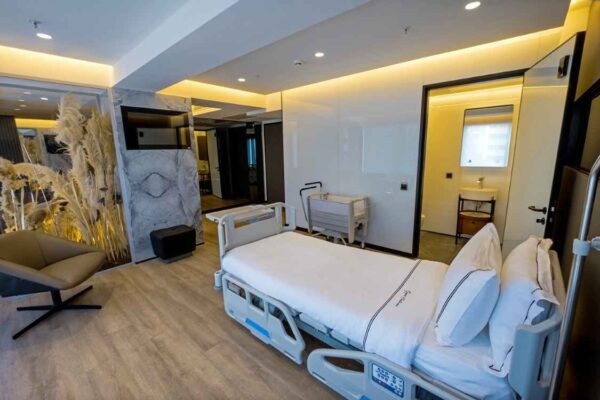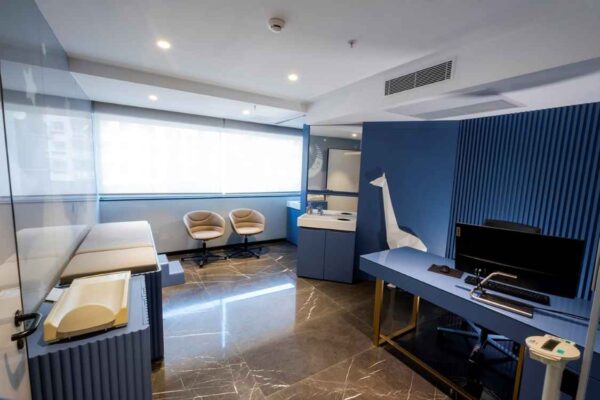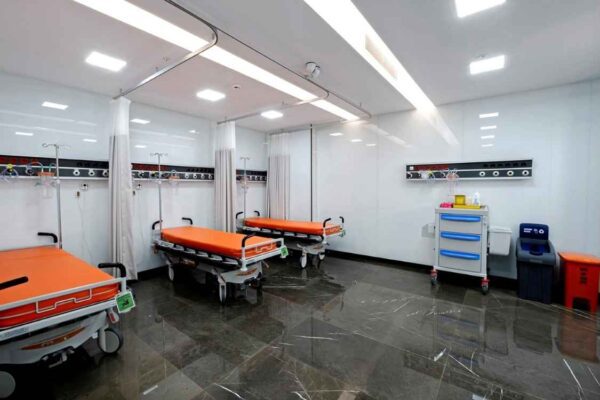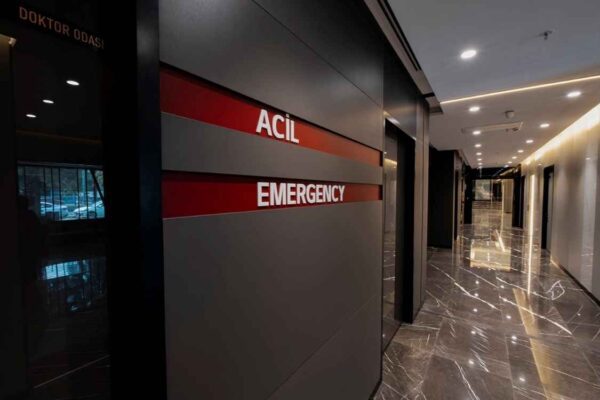Breast Reduction, or reduction mammoplasty, constitutes an operative intervention aimed at diminishing the dimensions of the bosom, enhancing their contour and symmetry, and assuaging the concomitant corporeal discomfort. Customarily, this procedure is undertaken for females with disproportionately large breasts that induce physical pain, postural difficulties, and emotional turmoil.
What is Breast Reduction?
Breast Reduction is an invasive intervention encompassing the elimination of superfluous breast tissue, adipose deposits, and cutaneous layers to attain a more compact and harmonious bosom size. The operation is executed under general anesthetic and generally necessitates 2-4 hours for completion. Incisions are fashioned around the areola, extending downward to the breast furrow, granting the practitioner the ability to excise surplus tissue and restructure the bosom. The nipple and areola are subsequently repositioned to a loftier location, manifesting a more innate and rejuvenated aesthetic.
Breast Reduction may serve as a potent remedy for females enduring physical unease due to voluminous breasts, such as dorsalgia, shoulder soreness, cervical discomfort, and cutaneous chafing. Additionally, this procedure can bolster a woman’s self-regard and overall well-being by facilitating the donning of well-fitted garments, engaging in athletic endeavors with increased agility, and fostering corporeal self-assurance.
How is Breast Reduction Performed?
Breast Reduction is a multifaceted operative intervention consisting of numerous stages to accomplish the sought-after outcome. Herein lies an intricate, stepwise elucidation of the Breast Reduction surgical process:
- Stage 1: Anesthetization
The inaugural stage of Breast Reduction surgery entails the administration of general anesthesia, ensuring the patient’s total unconsciousness and insensitivity to pain throughout the procedure.
- Stage 2: Incision
Upon anesthetizing the patient, the surgeon commences the Breast Reduction operation by creating incisions around the areola, descending to the breast furrow. The incision design may fluctuate depending on the volume of breast tissue necessitating removal and the desired breast configuration
- Stage 3: Excision of Tissue
Subsequently, the surgical process involves the excision of excess breast tissue, adipose matter, and cutaneous layers. The quantity of tissue excised is contingent upon the patient’s unique requirements and the aspired breast size and contour. The practitioner meticulously eliminates the surplus tissue and restructures the residual tissue to manifest a more compact and symmetrical bosom.
- Stage 4: Nipple and Areola Relocation
Post excision of the excess tissue, the surgeon relocates the nipple and areola to an elevated position upon the breast mound. This maneuver ensures that the nipple and areola remain centered on the newly formed breast, maintaining proportionality with the overall bosom size.
- Stage 5: Suturing of Incisions
The concluding stage of Breast Reduction surgery consists of closing the incisions utilizing sutures. The sutures employed may be absorbable or non-absorbable, hinging on the practitioner’s predilection. The incision sites are typically shrouded with gauze or bandages, and the patient is outfitted with a supportive brassiere to facilitate the convalescence process.
What should be considered after Breast Reduction?
After undergoing a breast reduction procedure, there are several important considerations for a successful recovery and optimal results. Here are some key points to keep in mind:
- Follow the post-operative instructions provided by your surgeon diligently. This may include wearing a supportive bra, medication usage, and activity restrictions.
- Take prescribed pain medications and antibiotics as directed to manage discomfort and prevent infection.
- Wear the supportive bra as instructed to minimize swelling, provide proper support, and aid in the healing process.
- Avoid strenuous activities, heavy lifting, and exercise for the recommended period as advised by your surgeon.
- Maintain a balanced diet and stay hydrated to support the healing process and overall health.
- Attend all scheduled follow-up appointments to monitor your recovery progress, remove sutures, and address any concerns or complications.
- Be patient, as swelling, bruising, and changes in breast shape are common after the procedure and will gradually improve over time.
- Practice good posture to relieve pressure on the incision sites and promote proper healing.
- Avoid smoking and alcohol consumption, as they can impair healing and increase the risk of complications.
- Maintain open communication with your surgeon, reporting any unusual symptoms, such as severe pain, excessive bleeding, or signs of infection, promptly for appropriate management and support.
FAQs
The payment plan options for breast reduction surgery in Turkey typically include credit card, bank transfer, and cash. Many clinics accept major credit cards, offer the convenience of bank transfers, and also allow cash payments. It is advisable to contact specific clinics to inquire about their payment policies and options.
No, breast reduction surgery does not typically come under insurance coverage. Insurance companies usually consider breast reduction as a cosmetic procedure rather than a medically necessary one. However, it is always advisable to check with your specific insurance provider to understand their coverage policies.
Breast reduction surgery tends to be cheaper in Turkey due to a combination of factors. These include lower labor costs, less stringent regulations, and a favorable exchange rate. Additionally, Turkey has a well-established medical tourism industry, with clinics offering competitive prices to attract international patients seeking affordable and high-quality procedures.
No, finance is typically not available specifically for breast reduction procedures. Cosmetic surgeries, including breast reduction, are typically considered elective and not covered by insurance or financed through specialized programs. It is recommended to consult with a healthcare professional or a plastic surgeon to discuss the available payment options.
There is typically no specific age limit for breast reduction surgery in Turkey. The eligibility for the procedure is determined based on individual factors such as physical development, emotional readiness, and medical assessments. It is important to consult with a qualified plastic surgeon who can evaluate your specific situation and provide appropriate guidance.
The success and outcome of breast reduction surgery depend on various factors, including the surgeon’s expertise, individual anatomy, and overall health. While complications are possible, they are generally rare. It is crucial to consult with a qualified plastic surgeon to assess your specific case and discuss the potential risks and benefits.
After breast reduction surgery, there can be potential complications, although they are generally rare. These may include infection, changes in nipple sensation, scarring, asymmetry, and difficulties with breastfeeding. It’s important to discuss these risks with your surgeon beforehand and follow post-operative care instructions to minimize any potential issues.
Breast Reduction Before & After
Our Team
Our Hospital
Atilla, Halide Edip Adıvar St.
No:57, 35270 Konak/İzmir



